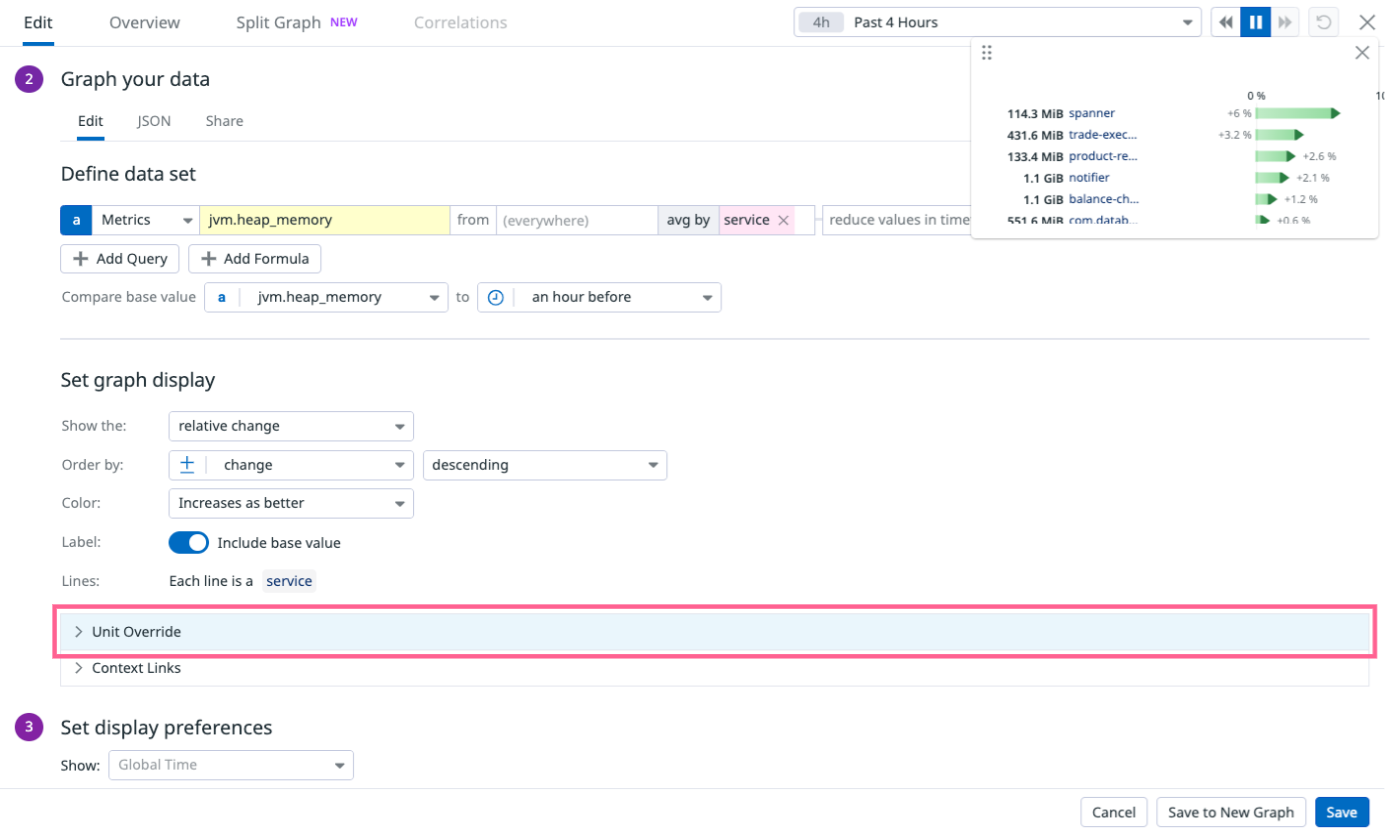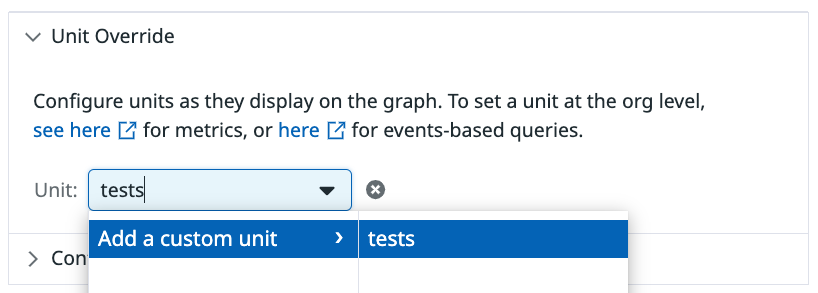- Essentials
- Getting Started
- Datadog
- Datadog Site
- DevSecOps
- Serverless for AWS Lambda
- Agent
- Integrations
- Containers
- Dashboards
- Monitors
- Logs
- APM Tracing
- Profiler
- Tags
- API
- Service Catalog
- Session Replay
- Continuous Testing
- Synthetic Monitoring
- Incident Management
- Database Monitoring
- Cloud Security Management
- Cloud SIEM
- Application Security Management
- Workflow Automation
- CI Visibility
- Test Visibility
- Test Impact Analysis
- Code Analysis
- Learning Center
- Support
- Glossary
- Standard Attributes
- Guides
- Agent
- Integrations
- OpenTelemetry
- Developers
- Authorization
- DogStatsD
- Custom Checks
- Integrations
- Create an Agent-based Integration
- Create an API Integration
- Create a Log Pipeline
- Integration Assets Reference
- Build a Marketplace Offering
- Create a Tile
- Create an Integration Dashboard
- Create a Recommended Monitor
- Create a Cloud SIEM Detection Rule
- OAuth for Integrations
- Install Agent Integration Developer Tool
- Service Checks
- IDE Plugins
- Community
- Guides
- Administrator's Guide
- API
- Datadog Mobile App
- CoScreen
- Cloudcraft
- In The App
- Dashboards
- Notebooks
- DDSQL Editor
- Sheets
- Monitors and Alerting
- Infrastructure
- Metrics
- Watchdog
- Bits AI
- Service Catalog
- API Catalog
- Error Tracking
- Service Management
- Infrastructure
- Application Performance
- APM
- Continuous Profiler
- Database Monitoring
- Data Streams Monitoring
- Data Jobs Monitoring
- Digital Experience
- Real User Monitoring
- Product Analytics
- Synthetic Testing and Monitoring
- Continuous Testing
- Software Delivery
- CI Visibility
- CD Visibility
- Test Optimization
- Code Analysis
- Quality Gates
- DORA Metrics
- Security
- Security Overview
- Cloud SIEM
- Cloud Security Management
- Application Security Management
- AI Observability
- Log Management
- Observability Pipelines
- Log Management
- Administration
Customize your visualizations with unit override
Overview
The unit override feature in visualizations allows you to customize how your data is labeled. This guide covers the configuration options for unit override and how these options help you analyze your graphs.
Note: Many of the examples in this guide use the Table widget, however, unit override is not exclusive to this widget.
To set a unit at the org level, see the following documentation:
Configuration
In your Notebooks and Dashboard widgets, find the graph editor of the cell or the widget. For Notebooks, click More Options and for Dashboards, find the Graph your data section.
How unit and scale attribution works
When a unit is detected, Datadog automatically chooses the most readable unit scale depending on the magnitude of your data. For example, if the source data is nanoseconds, the widget could display readable values in minutes and seconds instead of millions of nanoseconds.
With unit override, you can choose a single fixed scale to compare values. In the example below, all values are configured to scale to minutes. This is to directly compare values in the same scale.
Assign custom units
Assign custom units to a widget to add context to unit-less metrics (like counts).
Define completely custom units that are not included in the provided list of units. Instead of a generic count of events, you can specify that you are visualizing 10,000 tests, or 100 sessions. This gives you immediate context for what data you are analyzing.
Note: Autoscaling is not available for custom units as the unit family is not recognized.
Further reading
Additional helpful documentation, links, and articles:




